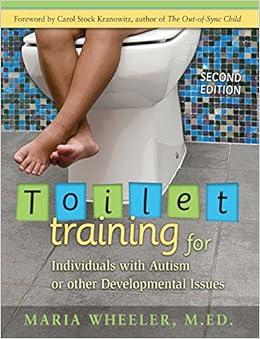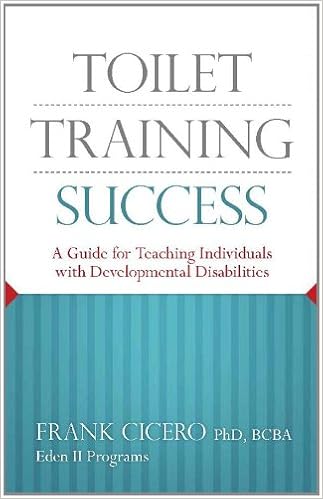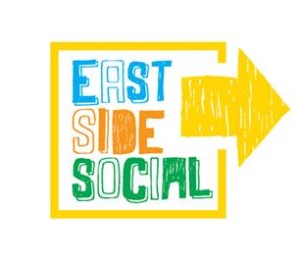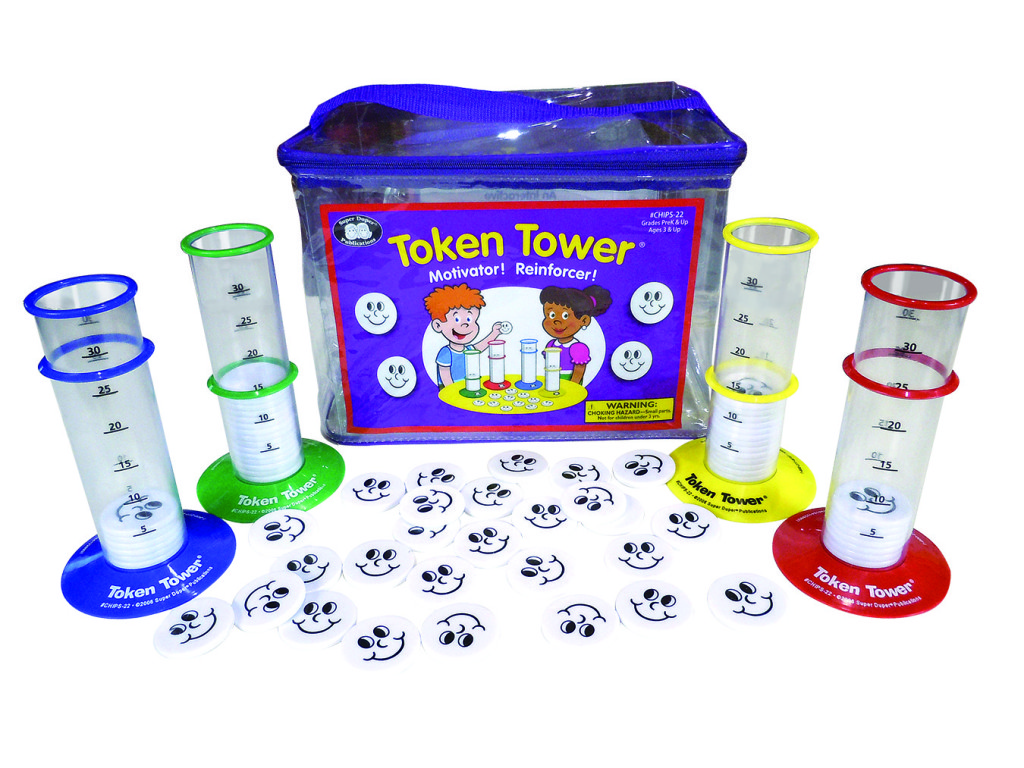Sometimes, people hear about ABA and equate reinforcement with bribery. But the two are quite different, and it’s important to understand those differences. First, let’s look at bribery. The definition of bribery is “to persuade someone to act in one’s favor by a gift of money or other inducement.” The first thing to note is that bribery helps the person persuading, not the person completing the action. The second thing to note is that when we consider bribery with children, it’s often implemented when the child is already engaging in an inappropriate behavior. For instance, you might see a child throw himself on the floor in the grocery store and begin kicking and screaming. If the father says, “If you get up, I’ll buy the candy bar,” that would be considered bribery.
So what is reinforcement, then? Reinforcement is anything that occurs immediately after the behavior that increases the future likelihood of the behavior. And reinforcement occurs all the time in real life! If I turn on a new radio station and it happens to be playing by favorite song, I am more likely to turn to that radio station again in the future. If I send a text to a friend and she responds immediately, I am more likely to text her again in the future. If my stomach is upset, then I drink a seltzer and it calms my stomach, I am more likely to drink seltzer in the future when my stomach hurts.
Where confusion often sets in is when we plan reinforcement to increase the behavior of an individual. It’s important to understand that the goal in ABA teaching should always be to move from planned reinforcement to unplanned or natural reinforcement. Think of it as jumpstarting a behavior that will benefit the individual. For instance, I have a student that would run into the street if you let go of his hand. Part of teaching procedure was to teach him to stop at the curb. This behavior is obviously a benefit to him and helps increase his safety. When he stopped at the curb, he earned a token. When he had earned five tokens, he earned access to the iPad. After he was successfully stopping at the curb, we taught him the next step was to reach for the adult’s hand. He no longer earned tokens for stopping at the curb, but he did earn tokens for completing both steps. We continued in this way until he was appropriately stopping at the curb, reaching for the adult’s hand, then waiting for the sign to say “Walk,” looking both ways, then walking into the street. It was a lengthy process, but planned reinforcement in the form of tokens was the best method for teaching him to be safe on the street.
A final note about reinforcement: it varies by individual. Some individuals are highly reinforced by chocolate or books or access to music. Others are highly reinforced by playing with a ball or going for a walk. In ABA, we don’t just walk in and give a kid M&M after M&M and hope their behavior magically changes. The first step is to conduct a preference assessment. A common one I use can be found here. This tool will help guide you to the most effective reinforcers for your learner and make your intervention more efficient.
WRITTEN BY SAM BLANCO, MSED, BCBA
Sam is an ABA provider for students ages 3-12 in NYC. Working in education for ten years with students with Autism Spectrum Disorders and other developmental delays, Sam has developed strategies for achieving a multitude of academic, behavior, and social goals. Sam is currently pursuing her PhD in Applied Behavior Analysis at Endicott College.




 We offer class kits including 5 or 10 sets of Student Workbooks and Facilitator Guides to accommodate larger groups.
We offer class kits including 5 or 10 sets of Student Workbooks and Facilitator Guides to accommodate larger groups. Each Student Workbook Set and Facilitator’s Guide Set covers 4 areas of everyday social situations:
Each Student Workbook Set and Facilitator’s Guide Set covers 4 areas of everyday social situations: Help students stay on task throughout their day with these newly added visual schedule boards. This week, we’re offering 15% off the
Help students stay on task throughout their day with these newly added visual schedule boards. This week, we’re offering 15% off the 

 When I look back on my own childhood, I think of several behaviors I exhibited: in third grade I cut my own hair while my teacher’s back was turned, in fourth grade I got mad at my brother and threw an alarm clock at him, and in seventh grade I loved Agatha Christie books so much that I frequently refused to go outside and sat in my room reading by myself for hours on end. If I had autism, any one of these behaviors may have been pathologized instead of being considered as just a part of growing up.
When I look back on my own childhood, I think of several behaviors I exhibited: in third grade I cut my own hair while my teacher’s back was turned, in fourth grade I got mad at my brother and threw an alarm clock at him, and in seventh grade I loved Agatha Christie books so much that I frequently refused to go outside and sat in my room reading by myself for hours on end. If I had autism, any one of these behaviors may have been pathologized instead of being considered as just a part of growing up. Time-out is often a hotly-debated topic. Is it too punishing? Where should it take place? How long should it last? There are not easy answers to many of these questions. But there are some evidence-based suggestions that may improve a time out procedure should you decide to use one.
Time-out is often a hotly-debated topic. Is it too punishing? Where should it take place? How long should it last? There are not easy answers to many of these questions. But there are some evidence-based suggestions that may improve a time out procedure should you decide to use one. For many individuals with autism, routine appointments such as medical, dental and haircuts can be extremely difficult to tolerate. There are many factors that may contribute to this intolerance such as novel environments, novel adults, novel or aversive sounds, bright lights, foreign tastes, painful sensations, sitting for long periods of time and physical touch. As a result, many children with autism display noncompliant or avoidant behavior in response to these stimuli or events. Fortunately, there is a growing body of research published in peer-reviewed journals describing effective strategies to target dental toleration. Several different behavior interventions and programs have been used to increase an individual’s tolerance or proximity to an avoided stimulus or event, such as a dental exam. For example, the use of escape and reward contingent on cooperative dental behavior was shown to be effective for some individuals (Allen & Stokes, 1987; Allen, Loiben, Aleen, & Stanley, 1992). Non-contingent escape, in which the child was given periodic breaks during the dental exam, was also effective in decreasing disruptive behavior (O’Callaghan, Allen, Powell, & Salama, 2006). Other strategies such as using distraction and rewards (Stark et al., 1989), providing opportunities for the individuals to participate in the dental exam (Conyers et al., 2004), and employing systematic desensitization procedures (Altabet, 2002) have been shown to be effective. Most recently, Cuvo, Godard, Huckfeldt, and Demattei (2010) used a combination of interventions including, priming DVD, escape extinction, stimulus fading, distracting stimuli, etc. The board certified behavior analyst overseeing your daughter’s program is likely familiar with these procedures.
For many individuals with autism, routine appointments such as medical, dental and haircuts can be extremely difficult to tolerate. There are many factors that may contribute to this intolerance such as novel environments, novel adults, novel or aversive sounds, bright lights, foreign tastes, painful sensations, sitting for long periods of time and physical touch. As a result, many children with autism display noncompliant or avoidant behavior in response to these stimuli or events. Fortunately, there is a growing body of research published in peer-reviewed journals describing effective strategies to target dental toleration. Several different behavior interventions and programs have been used to increase an individual’s tolerance or proximity to an avoided stimulus or event, such as a dental exam. For example, the use of escape and reward contingent on cooperative dental behavior was shown to be effective for some individuals (Allen & Stokes, 1987; Allen, Loiben, Aleen, & Stanley, 1992). Non-contingent escape, in which the child was given periodic breaks during the dental exam, was also effective in decreasing disruptive behavior (O’Callaghan, Allen, Powell, & Salama, 2006). Other strategies such as using distraction and rewards (Stark et al., 1989), providing opportunities for the individuals to participate in the dental exam (Conyers et al., 2004), and employing systematic desensitization procedures (Altabet, 2002) have been shown to be effective. Most recently, Cuvo, Godard, Huckfeldt, and Demattei (2010) used a combination of interventions including, priming DVD, escape extinction, stimulus fading, distracting stimuli, etc. The board certified behavior analyst overseeing your daughter’s program is likely familiar with these procedures.